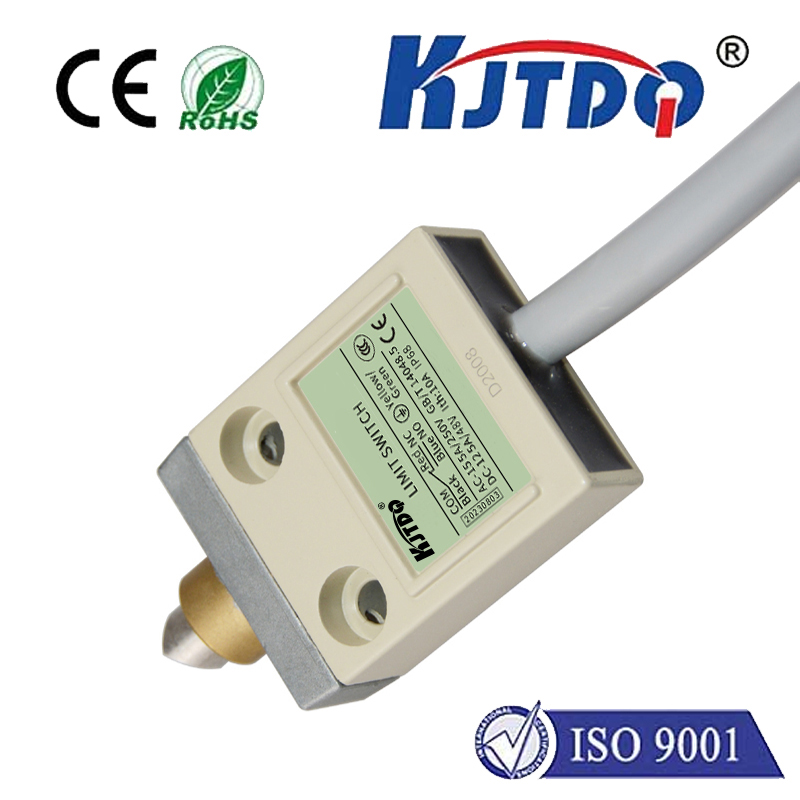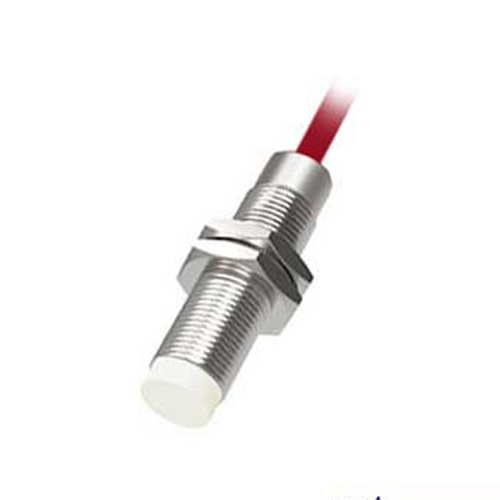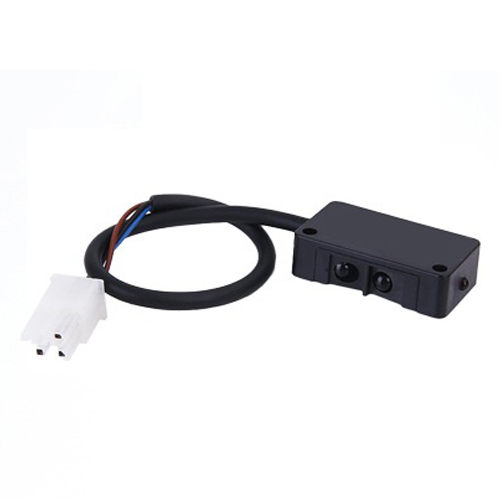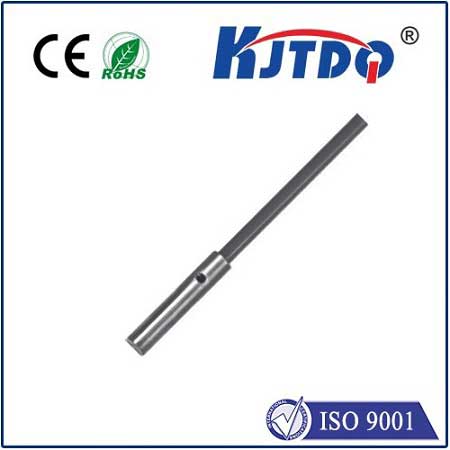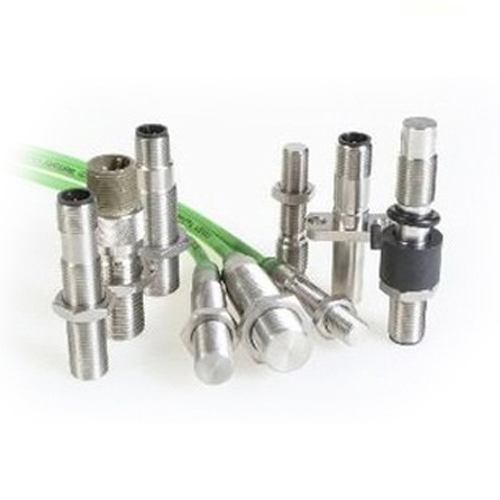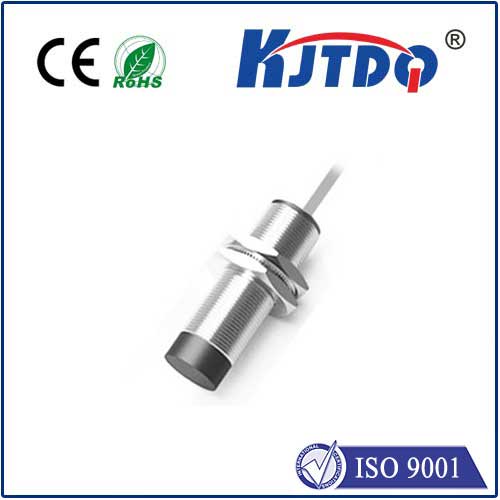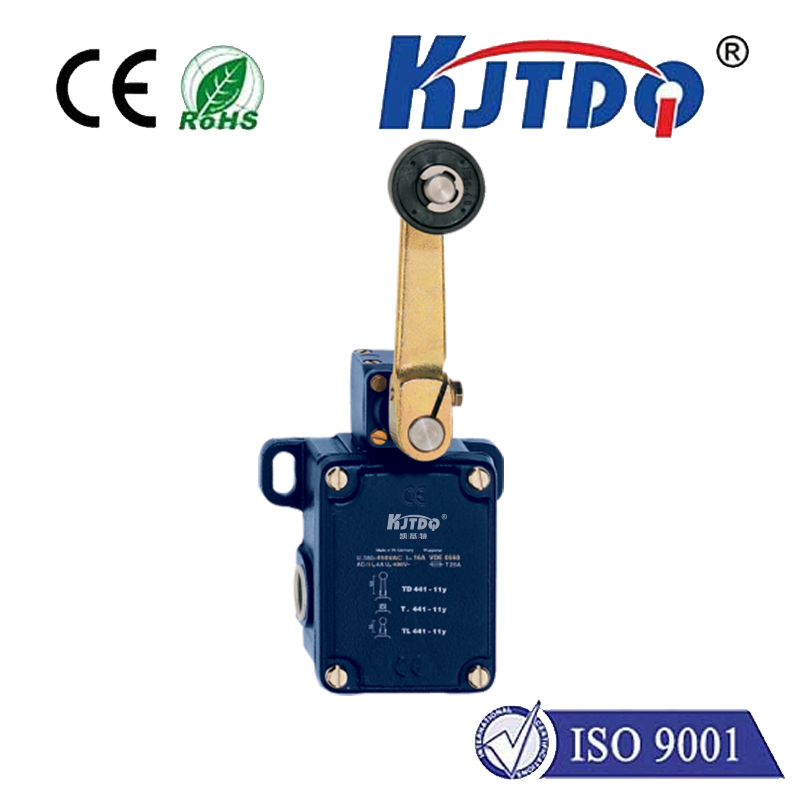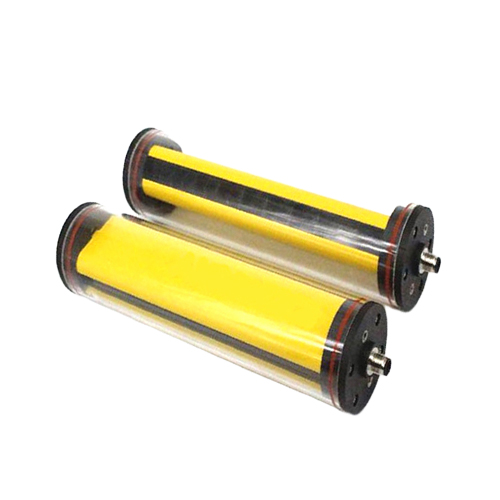лазерный дальномерный датчик
- time:2025-08-27 09:09:27
- Нажмите:0
Laser Distance Sensors: Achieving Pinpoint Accuracy Across Industries
Imagine a robot arm assembling a smartphone with micron-level precision, or a construction crew verifying the exact dimensions of a massive bridge span without physical contact. How is such precise spatial awareness achieved? The answer often lies in the focused beam of a лазерный датчик дальности. These sophisticated devices have revolutionized measurement across countless fields, offering unparalleled speed, accuracy, and versatility where traditional methods fall short. This guide delves into the world of laser distance sensors, exploring their principles, advantages, applications, and how to choose the right tool for your needs.
The Science Behind the Beam: How Laser Distance Sensors Work
At its core, a laser distance sensor determines the distance between itself and a target object using light. Two primary techniques dominate the market:
- Time-of-Flight (ToF): This straightforward method relies on the constant speed of light. The sensor emits a short pulse of laser light and precisely measures the time it takes for that pulse to travel to the target and bounce back to a detector within the sensor. Distance (d) is then calculated using the formula:
d = (c * t) / 2, where c is the speed of light (approx. 3x10^8 m/s), and t is the measured round-trip time. Time-of-Flight sensors excel at measuring medium to long distances (several meters up to kilometers) and are ideal for applications like surveying and level monitoring.
- Triangulation: This principle is common in shorter-range, high-precision sensors (millimeters to meters). The sensor projects a laser spot onto the target. The reflected light hits a position-sensitive detector (like a CCD or CMOS array) inside the sensor. The position where the reflected light lands on this detector depends on the distance to the target, forming a triangle. By calculating the angle of the reflected beam relative to the emitted beam, the sensor computes the distance with remarkable accuracy. Laser triangulation sensors are renowned for their sub-millimeter precision and are widely used in manufacturing quality control.
Why Choose Laser for Distance Measurement? Key Advantages

Laser sensors offer a compelling set of benefits that make them the preferred choice in demanding applications:
- Non-contact Operation: This is paramount. The sensor never physically touches the target, eliminating wear and tear on the sensor head and preventing potential damage to delicate, moving, hot, or otherwise inaccessible objects. Think inspecting printed circuit boards or measuring molten glass.
- Exceptional Accuracy and Resolution: Laser technology enables extremely precise measurements. High-resolution laser sensors can resolve differences down to micrometers (µm) in triangulation systems or millimeters (mm) in long-range ToF systems, far exceeding the capabilities of ultrasonic or mechanical gauges.
- High Speed and Responsiveness: Laser measurements are near-instantaneous. They capture data points thousands of times per second, enabling real-time monitoring and control in high-speed processes like assembly line inspection or automated vehicle guidance.
- Small Spot Size: The highly focused laser beam allows for pinpoint measurement of very small features or targets, even in challenging environments. This is crucial in applications like measuring thin wires or precise gaps.
- Reduced Sensitivity to Environmental Factors: Compared to other optical sensors, lasers are less affected by ambient light variations and can often perform reliably in challenging lighting conditions, although factors like heavy dust or steam can still interfere.
- Многогранность: Laser sensors work effectively on a vast range of materials – metal, plastic, wood, glass, liquids (surfaces), and more – without requiring constant recalibration for different surfaces like some capacitive or inductive sensors might.
Where Laser Distance Sensors Shine: Diverse Applications
The unique capabilities of laser distance sensors have led to their integration into nearly every major industrial and scientific sector:
- Industrial Automation & Robotics: Precise positioning of robotic arms (pick-and-place), conveyor belt monitoring, automated guided vehicle (AGV) navigation and obstacle detection, control of robotic welding paths, and monitoring fill levels in containers.
- Manufacturing & Quality Control: Thickness measurement of materials (metal sheets, glass, paper), detection of surface defects (warping, dents), precise component positioning before assembly, inspection of solder paste heights on PCBs, and verification of part dimensions against CAD models.
- Construction & Civil Engineering: As-built verification, monitoring structural deformations and settlement, volume measurement (stockpiles, excavation), machine control (graders, excavators), and alignment tasks over long distances.
- Transportation: Collision avoidance systems (especially using LiDAR, a form of laser radar), vehicle dimensioning for weight stations or toll booths, railway track geometry monitoring.
- Logistics & Warehousing: Pallet dimensioning for storage optimization and shipping costs, automated forklift positioning, warehouse inventory management via shelf level sensing.
- Research & Development: Laboratory instrumentation requiring precise displacement measurement, vibration analysis, and prototyping.
Selecting the Right Laser Distance Sensor: Key Considerations
Choosing the optimal sensor requires careful evaluation of your specific application requirements:
- Required Range: What are the minimum and maximum distances you need to measure accurately? Short-range (mm) needs triangulation, long-range (m/km) favors ToF.
- Accuracy and Resolution: How precise do the measurements need to be? Determine needed tolerance levels (e.g., ±0.01mm vs. ±5mm).
- Target Characteristics: What material is the target? What is its color, reflectivity, surface texture (shiny vs. matte)? Dark, rough, or transparent surfaces generally reflect less light and require sensors designed for such challenges.
- Environment: Consider ambient temperature, presence of dust, fog, steam, or vibration. Will the sensor be used indoors or outdoors? Choose appropriate IP ratings and robust housings where necessary. Some sensors offer background suppression features to ignore irrelevant objects.
- Output and Connectivity: What interface is needed? Common options include analog outputs (0-10V, 4-20mA), digital I/O (switching signals), or digital buses (RS232, RS485, Ethernet/IP, Profibus, EtherCAT).
- Speed (Sampling Rate): How quickly does the application require new measurement values?
- Size and Mounting: Ensure the sensor physically fits into the available space and can be mounted securely.
The Future is Bright: Emerging Trends
Laser sensing technology continues to evolve. We see trends towards increased miniaturization allowing integration into ever-smaller devices. Costs for sophisticated sensors, particularly LiDAR, are decreasing, enabling wider adoption in consumer electronics and autonomous systems. Enhanced algorithms are improving performance on difficult surfaces and in harsh environments. Integration with Internet of Things (IoT) platforms facilitates remote monitoring and predictive maintenance. These advancements ensure laser distance sensors will remain at the forefront of precise spatial measurement solutions.

